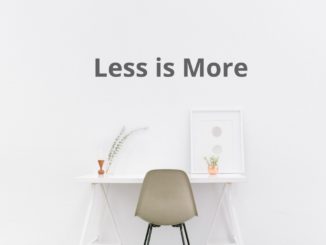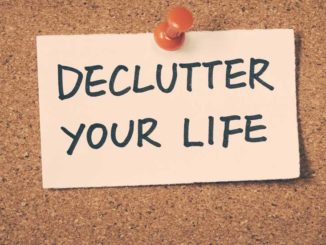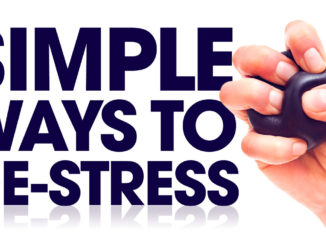
It’s a sad side-effect of our consumer-driven culture that people often find themselves surrounded by far more belongings than they need. These items, while dear to us, can clutter our living spaces and minds, leading to a sense of overwhelm and stagnation. A self storage rental can provide temporary relief, allowing you to retain cherished possessions without cluttering up your home. However, it’s also worth examining your attachment to your belongings to see if it’s healthy or not.
To help you in this complex and emotionally charged endeavor, here are seven actionable tips you can use to gain clarity about your clutter:
1. Acknowledge Your Feelings
The journey toward decluttering begins with acknowledging and accepting your emotional attachment to your belongings. Recognize that it’s entirely normal to feel connected to items that hold memories or symbolize aspects of your identity. By acknowledging these feelings without judgment, you lay the foundation for a more mindful approach to decluttering.
2. Understand Why You’re Holding On
Take the time to delve deeper into the reasons behind your attachment to specific items. Are you holding onto them because they bring genuine joy and utility? Or do you feel obligated or fearful of letting go? Understanding your motivations can empower you to make informed decisions about what truly deserves a place in your life.
3. Start Small
Embarking on the decluttering journey can feel daunting, especially when it involves deeply sentimental items. Start small by tackling less emotionally charged belongings first. Begin with things that feel less overwhelming – perhaps some old DVDs or outdated stationery. This should help you gradually build confidence as you progress to more sentimental possessions.
4. Use the One Year Rule
A practical guideline to consider is the “One Year Rule.” If you haven’t used or engaged with an item in the past year, it may be time to let go. This rule is particularly helpful for items such as clothing, kitchen gadgets, or hobby-related materials that tend to accumulate over time. A storage space can be helpful here as you can move things to your storage space first. If you haven’t gone back for them in a set amount of time, that’s your sign to let them go.
5. Take Photos of Items
For sentimental items that take up a lot of space, consider capturing their essence through photographs. This preserves the memories they evoke while freeing up valuable space in your home. This approach allows you to cherish the memories without the burden of physical clutter.
6. Give Items a New Life
Embrace the concept of giving back by donating items that no longer serve a purpose in your life. Knowing that your belongings will find new homes where they are appreciated and utilized can alleviate the emotional weight of letting go. The two best options here are to donate to a charity store or to give items away or sell them at a bargain price in local Buy, Swap, Sell groups. The latter option can give you a lot of personal joy as you’ll get to meet the people who’ll be giving your items a new home.
7. Seek Professional Help
Professional organizers or therapists can offer valuable insights, strategies, and emotional support tailored to your needs. They can guide you through the process with compassion and efficiency, helping you overcome emotional barriers and achieve your decluttering goals.
Remember, decluttering isn’t about getting rid of everything – it’s about creating space for what truly matters in your life. By implementing these tips and embracing a mindset of intentional living, you can break free from emotional attachments and cultivate a more harmonious living environment.




Be the first to comment